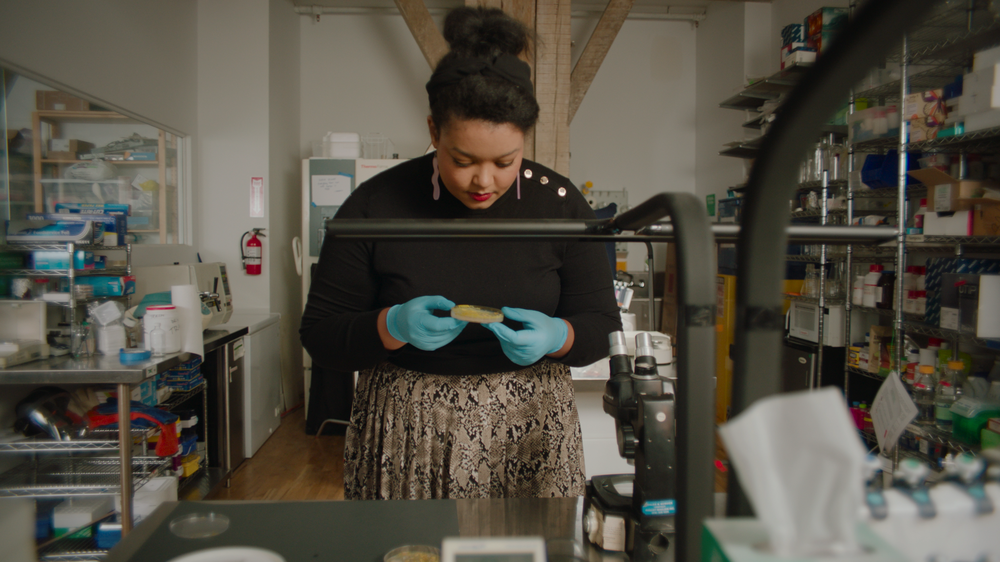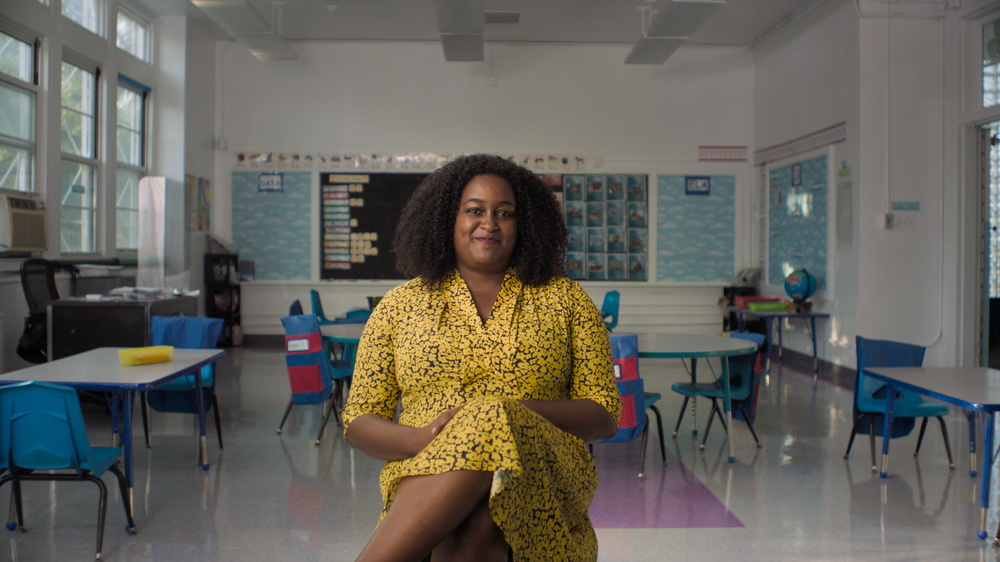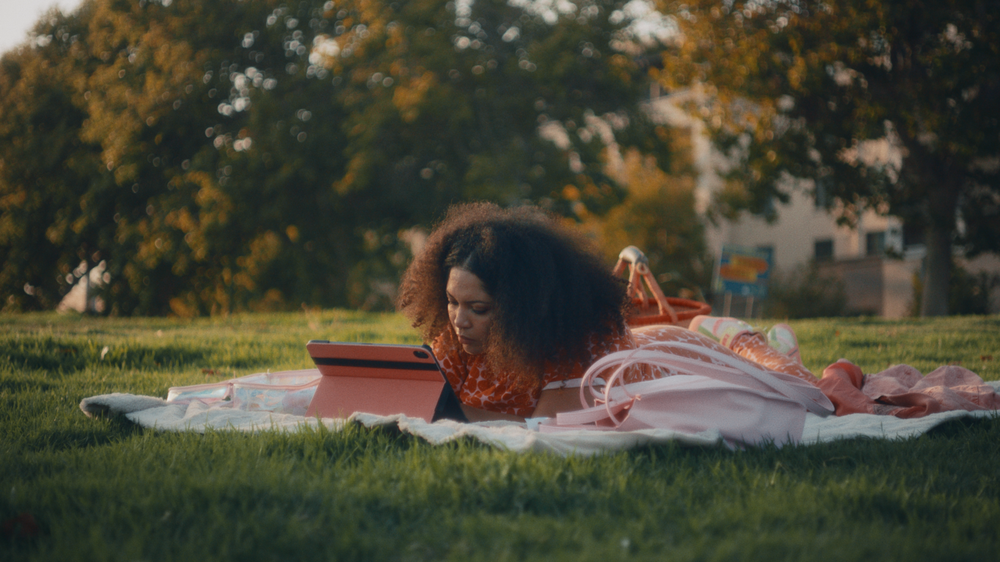Meet 3 Black women pushing for inclusivity in tech
“When you think about the technologies we use all the time and how few of them are designed to consider an identity like mine — Black people or women — it makes us question how much technology is made for us, with our needs in mind, to protect us, to consider us,” says Ashley Jane Lewis.
Ashley is a creative technologist who focuses on finding ways that science and tech can better impact underrepresented communities. She’s featured in Women Techmakers Black Women in Tech initiative, which highlights Black women’s leadership in the technology industry.
We recently took time to talk to three of these leaders to learn more about them and their work: Meet Ashley Jane Lewis, Chanelle Hardy and A.M. Darke.
Ashley Jane Lewis, creative technologist
“Creative technologist” is perhaps a role you’ve never heard of, but an example of Ashley’s work may better explain what she does: Currently, Ashley is using slime mold to raise awareness of society’s structural inequities. That’s right, slime mold. “Slime mold has the capacity to be multicellular in its structure and distributes nourishment equitably,” Ashley explains. “It’s a natural example of how mutual aid positively impacts communities.”
Through her project, called Slime Tech Lab, Ashley brings actual terrariums of slime mold to schools and organizations that typically don’t have access to science and technology resources. Using a Raspberry Pi, Ashley measures and tracks the slime mold’s movement, and the result is part art piece, part science experiment, part social metaphor. How the slime mold acts can teach us about community cooperation, Ashley explains. “I’ve found that non-Black communities I bring this to have an increase in empathy, and I think it could lead to more thoughtful conversations around topics like immigration and borders.”
A huge part of Ashley’s workshop centers the goal of offering the Black community science and tech skills coupled with creative speculations on the future through storytelling. “If you live in an environment with no visibility of the way out of an oppressive structure, you have to use your imagination,” she says. “Imagination builds resilience and paints a future you can walk toward as a Black person.”
Chanelle Hardy, head of civil and human rights at Google
Chanelle Hardy, head of civil and human rights at Google, originally gravitated to public policy after two years of teaching fifth grade in Anacostia with Teach for America. “These incredibly brilliant and talented fifth grade students were inspiring because they embraced and got excited about everything they were exposed to,” she says. “I realized systems impacted the lives and opportunities of my students, and I wanted to understand how those systems worked and be part of designing, developing and improving systems.”
That interest eventually brought Chanelle to Google. “When I came to Google, it was a tremendous opportunity to be at the forefront of thinking about how tech and innovation could help to solve some of the challenges we face in society. After all, we were thinking about tools, who uses them and how.”
Chanelle founded the Google Next Gen Policy Leadership Program based on her certainty that there were emerging leaders who didn’t even know their expertise could be valuable in the context of tech policy and social justice. “I knew that just because the world of tech policy isn’t as diverse as it should be, there wasn’t a dearth of talent,” she says. “It was about making connections and bringing people together.”
A.M. Darke, artist, professor and game designer
“What I actually care about is liberation,” says A.M. Darke, an artist and professor who designed ‘Ye or Nay?, a game that reimagines “Guess Who?” with all Black men, and half the characters are Kanye West. A.M. describes the game as “providing a critical analysis of popular Black men from a position of cultural subjectivity.” A.M. also produced the open source Afro Hair Library, a database with the purpose of creating a wider visual library for Black hair.
A.M. says she doesn’t take much time to savor accomplishments — she’s always already thinking about the next thing. But when young women and non-binary people share how she’s positively affected them, she feels genuinely moved, happy and grateful. “When what I'm saying and doing is affirming to others, that is something that I really connect with. I'm trying to build a world that didn't exist for me,” she says.
by Rana Abdelhamid via The Keyword



Comments
Post a Comment